The way we have been consuming fashion for the last few decades has come at a huge expense to environmental, social, and economic health. In line with BETA’s aim to pave a new path in sustainability, the Future From Waste Lab rewrites the rules and looks beyond the fashion industry’s current boundaries to present a radical new retail model that is part of the solution.
The fashion industry is at a crossroads of ecological issues – from poor treatment of workers to pollution. According to The United Nations Environment Programme, the fashion industry produces more carbon emissions than the airline and maritime industries combined, as well as 20% of global water pollution (it takes over 7,500 litres of water to produce the average pair of jeans). Driven by fast fashion and hyper-consumerism, we’re buying more clothing and keeping it half as long; yet less than 1% of all clothing produced globally is recycled. Not only is this environmentally devastating, but it also represents a US$500 billion missed opportunity for the fashion industry to embrace a circular economy.
DESIGNERS IN RESIDENCE
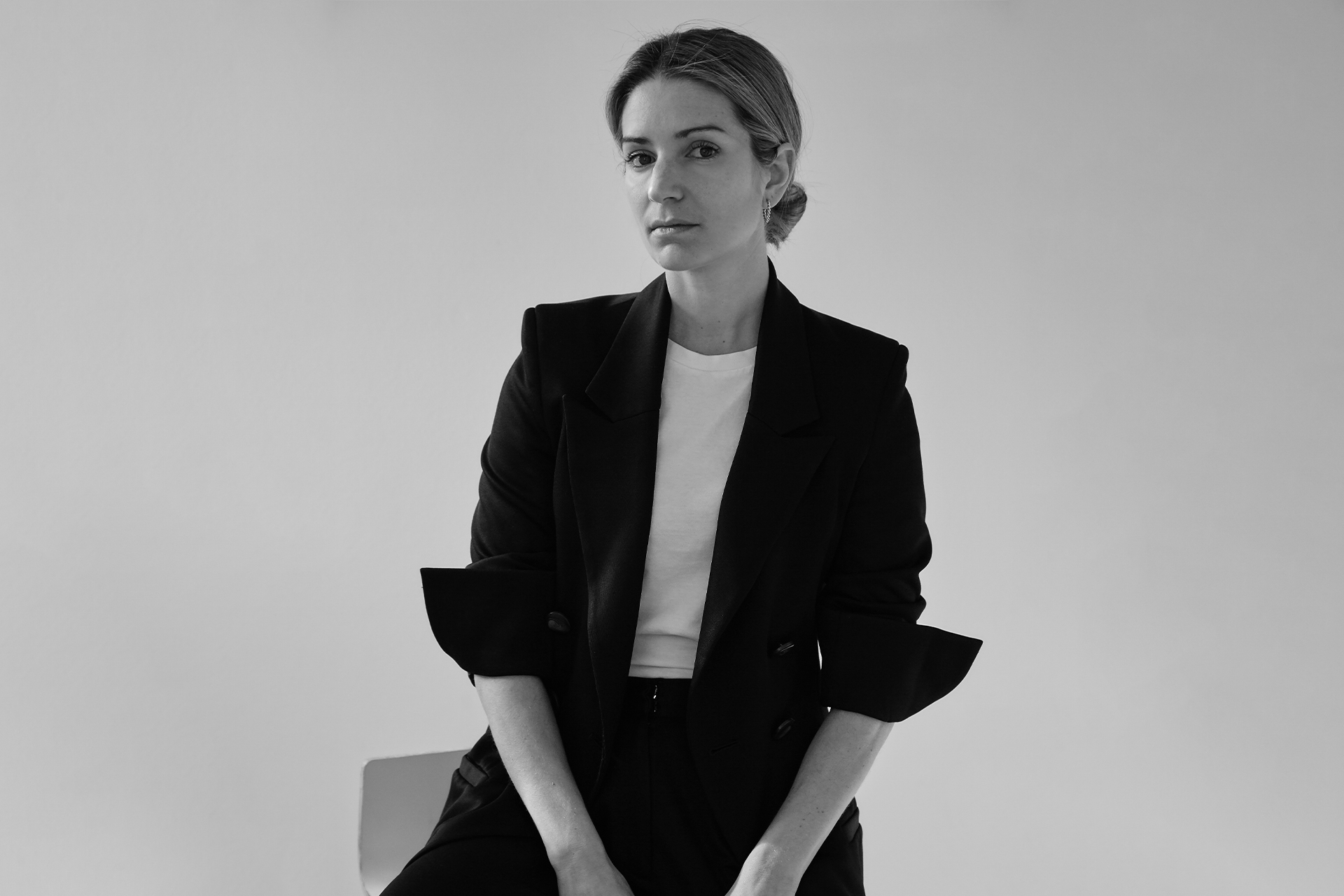

ESSE
Created by designer Charlotte Hicks, Australian label ESSE proposes a beautiful and luxurious solution to the fashion industry’s issue with excess. Reflecting BETA’s and STH BNK’s focus on recycling and repurposing materials already in use, ESSE encapsulates a minimalist mindset.
Learn More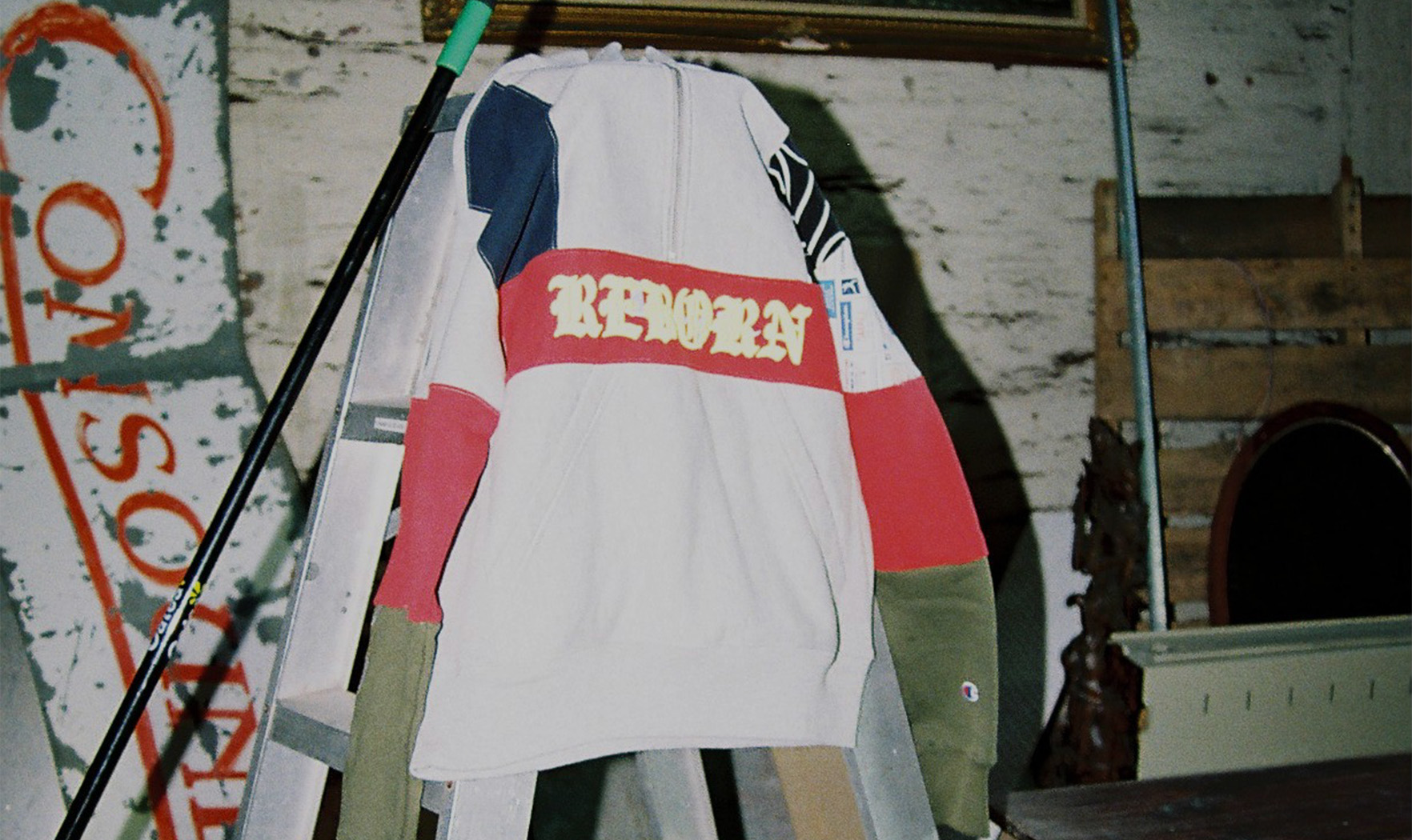
HOMIE
HoMie is the Melbourne streetwear brand putting 100% of its profits into supporting young people affected by homelessness or hardship. The REBORN range upcycles garments into brand ‘new’ pieces, reflecting BETA and STH BNK’s vision of a circular fashion future that’s better for people and planet.
Learn More
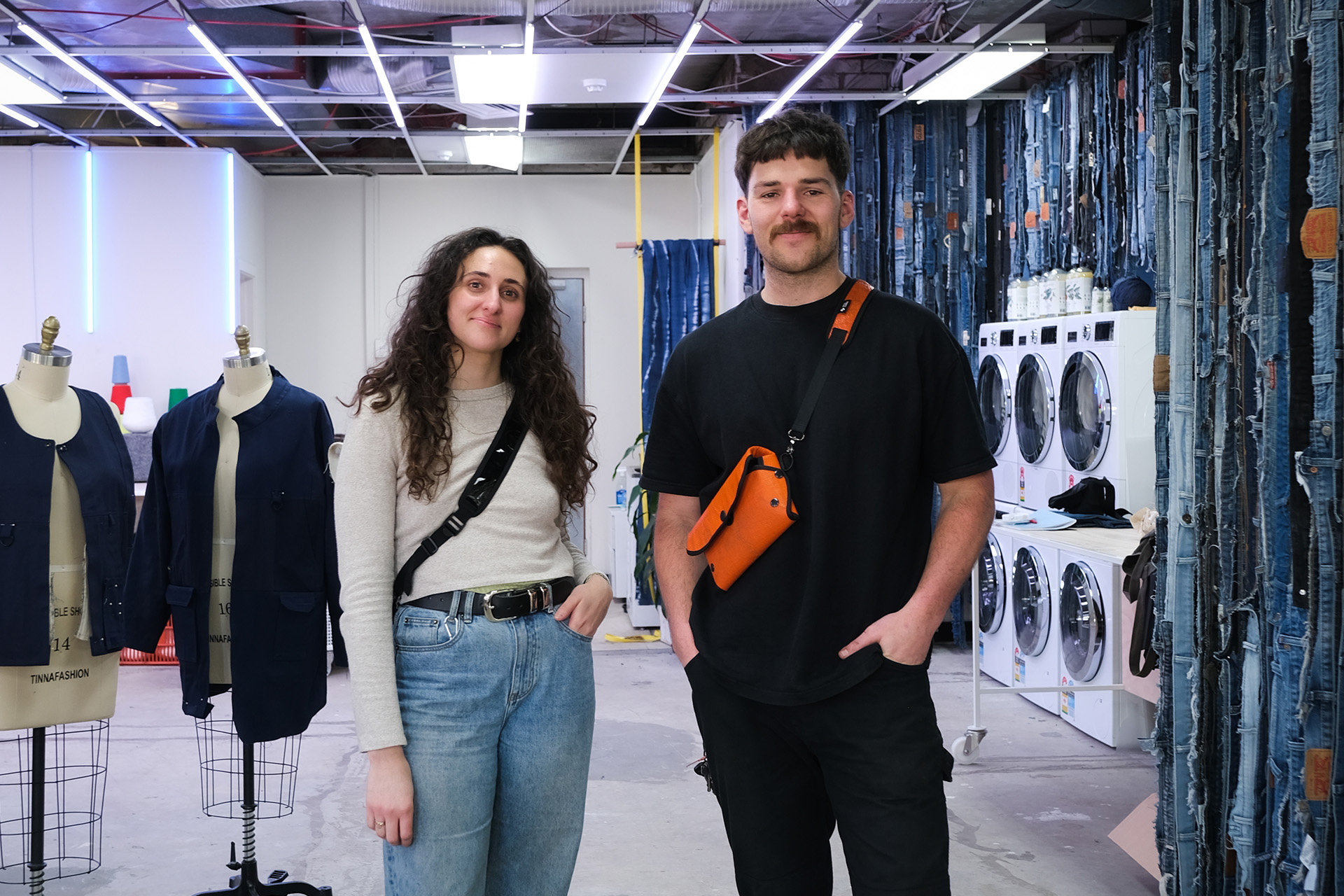

INTOCARRY
Founded by industrial designer Luke Phillips, sustainable brand Into Carry is challenging the way we think about waste. In line with BETA and STH BNK’s commitment to circularity, Into Carry repurposes existing materials into brand new bags built for modern life.
Learn More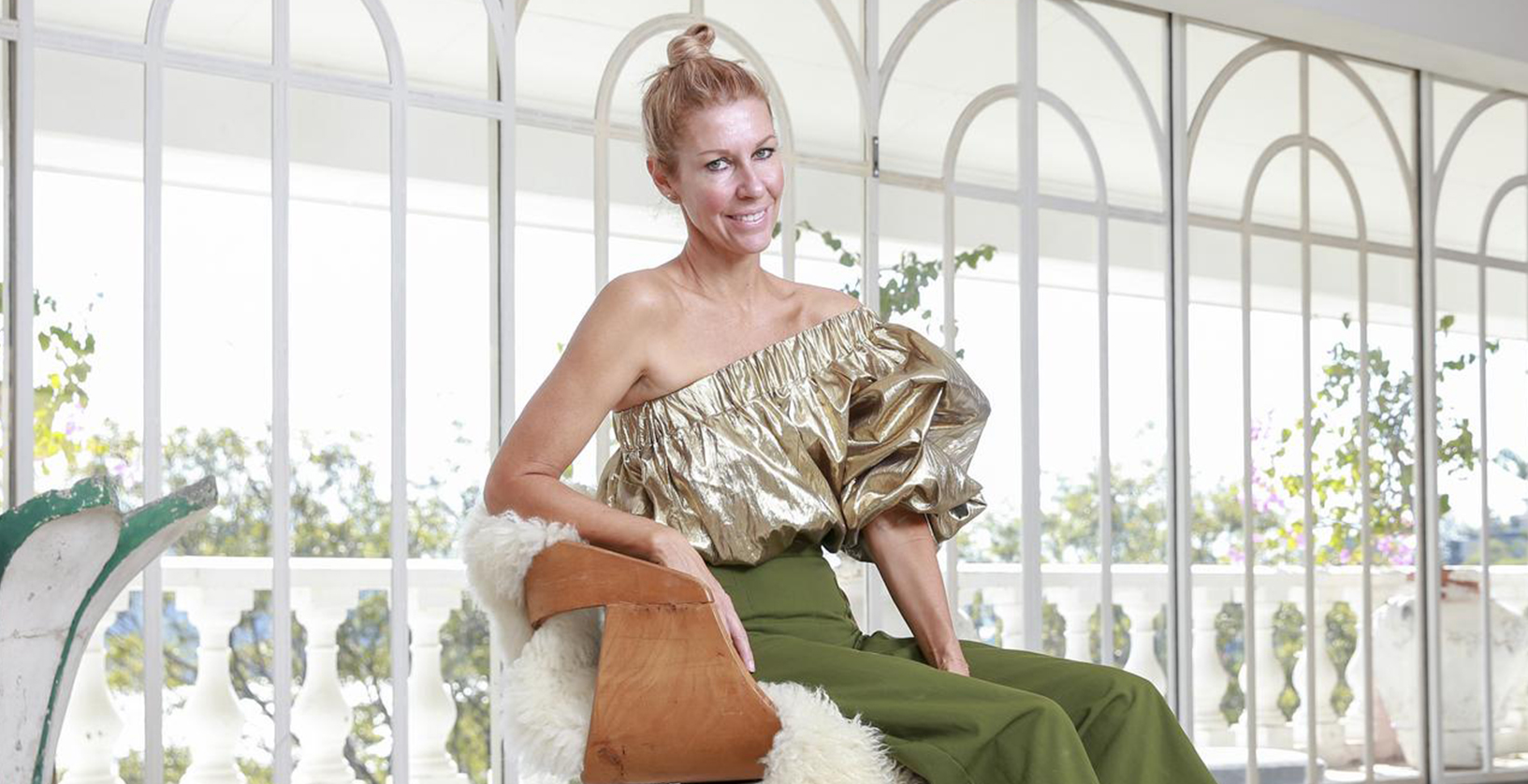
ARTCLUB BY HEIDI MIDDLETON
Created by Heidi Middleton, ARTCLUB is an online fashion and art brand bringing together Middleton’s 15 years of industry experience (she was a co-founder at Sass & Bide) with an industry-defining approach to slow design. Limited edition and small batch pieces are designed to be loved, worn, shared, swapped, borrowed, repaired and passed on.
Sharing BETA and STH BNK’s philosophy around challenging fashion’s transactional attitude and instead facilitating deeper relationships between brand and consumer, all of the pieces are made locally by artisans who ARTCLUB pay homage to by including their names within the garment itself. This elevates an appreciation for the hidden processes behind the final product, and lends a human hand to the often faceless supply chain.
Learn More
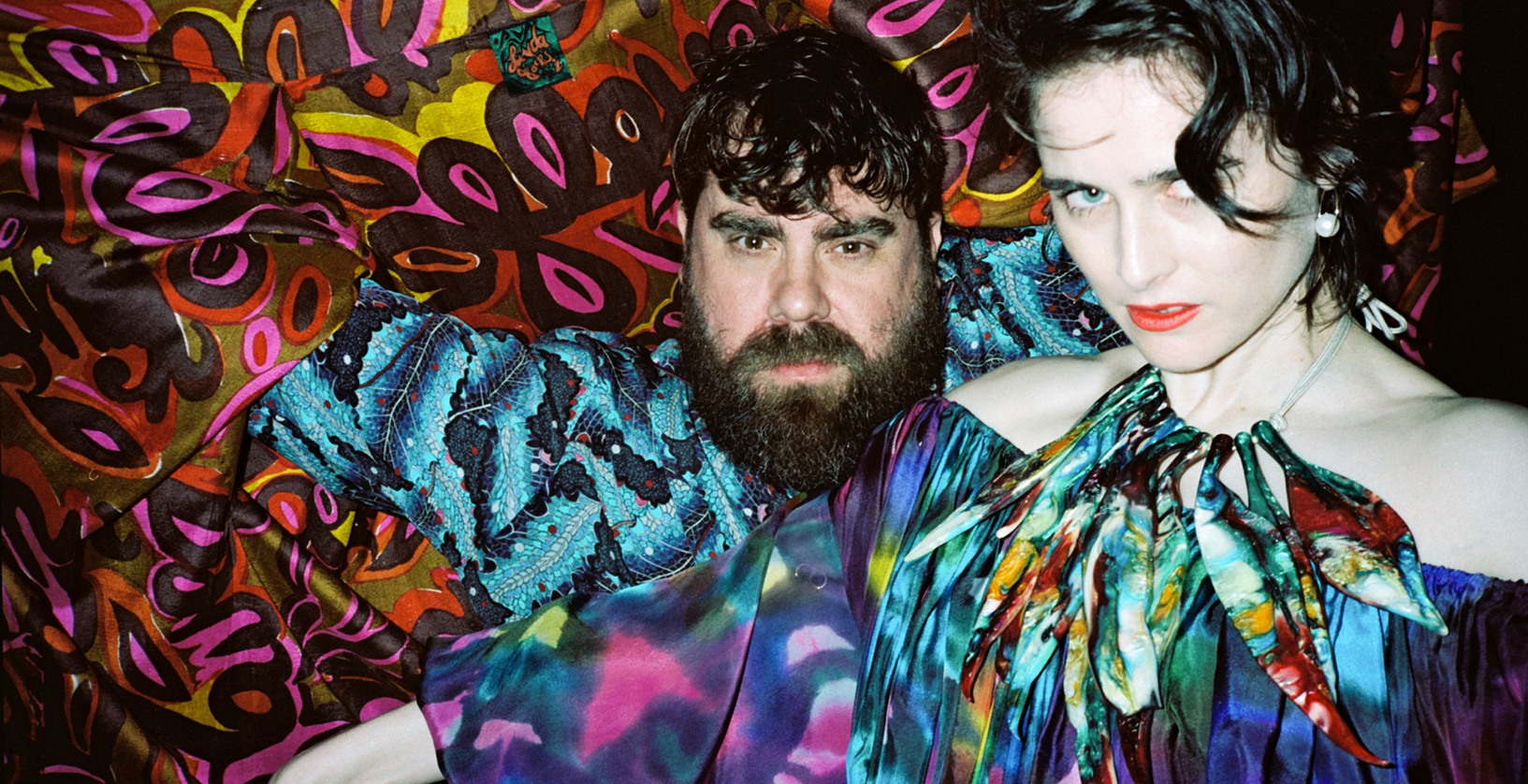

ROMANCE WAS BORN
Since their inception, Romance Was Born has set a wonderfully cheerful and upbeat tone for Australian fashion. Known and loved for their statement pieces that celebrate creative expression, Romance Was Born’s intricate and detailed garments are designed to be treasured forever, reflected in their offer to remodel, remake or recycle any of their pieces.
Embodying BETA and STH BNK’s ethos of using materials and processes with low environmental impact, Romance Was Born choose to work with natural and biodegradable fabrics that have a minimal carbon footprint. The majority of their collections are built on the back of GOTS certified cotton, linen derived from the flax plant, silk crafted from excess rose petals, and viscose sourced from sustainably managed forests – with the addition, of course, of hand-sewn embroidery, applique and embellishments. Bower-bird collectors of vintage lace, quilts and tablecloths, repurposing has always been part of the brand’s mantra.
Photo by Natalia Parsonson
Learn More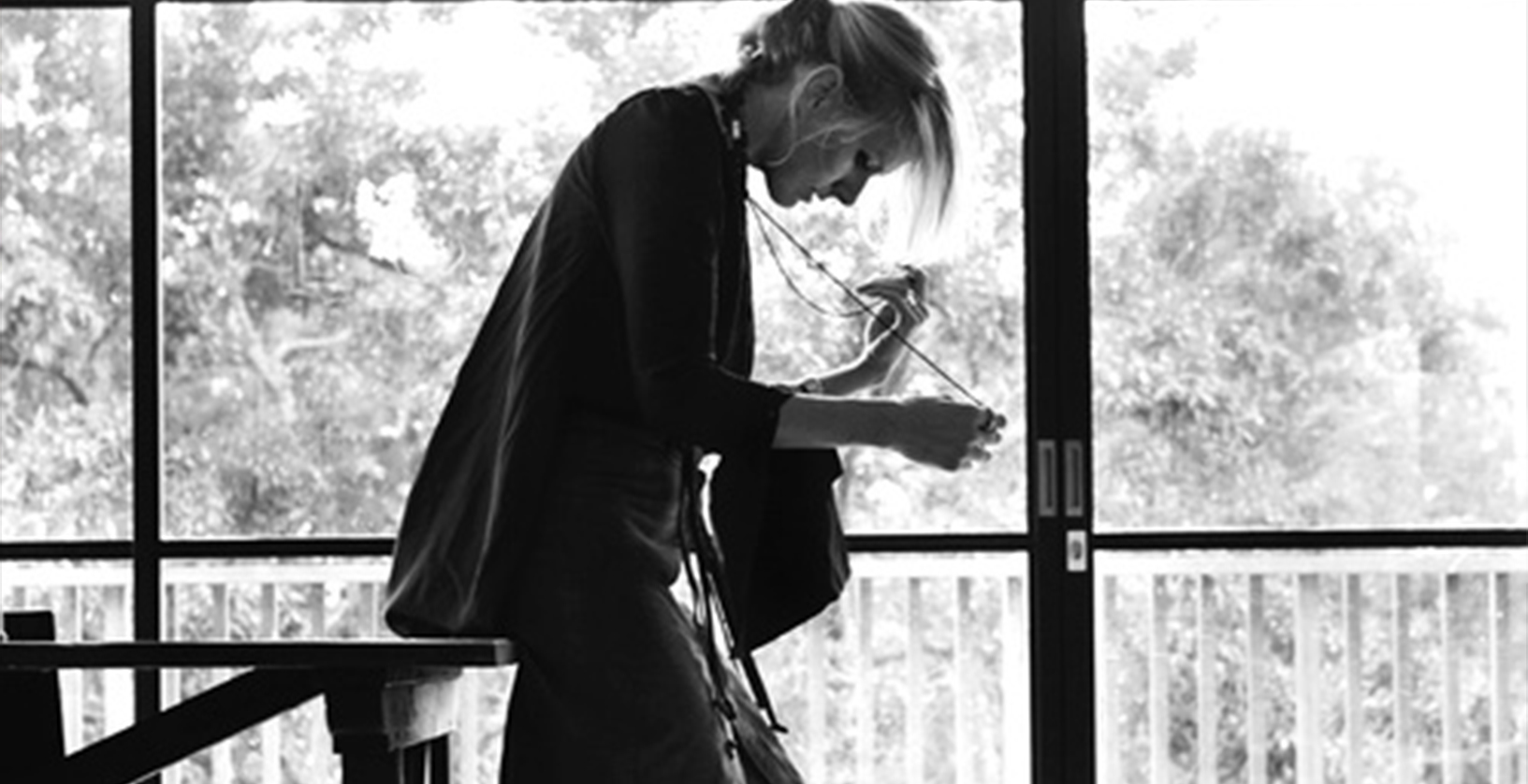
KITX
Embodying BETA’s vision that sustainability is the new luxury, KITX is a luxury brand that converts consciously sourced silks, linen and cottons into elegant and ethical ready-to-wear garments. For their Future of Waste tenancy, KITX will explore denim as a medium by turning preloved jeans and jackets into dresses.
Founded in 2014 after fashion figure Kit Willow departed her long-running namesake label, WILLOW, KITX has been a global leader in moving the needle towards a more circular fashion industry through consciously sourcing materials and KitXchange. The program allows customers to return purchases in perpetuity; the pieces are then repaired, repurposed and resold. The idea of extending a garment’s life cycle for as long as possible is integral to both BETA and the larger STH BNK project, laddering up to our objective of reducing waste and lightening our environmental footprint but not at the expense of style.
Learn More
PAST EVENTS
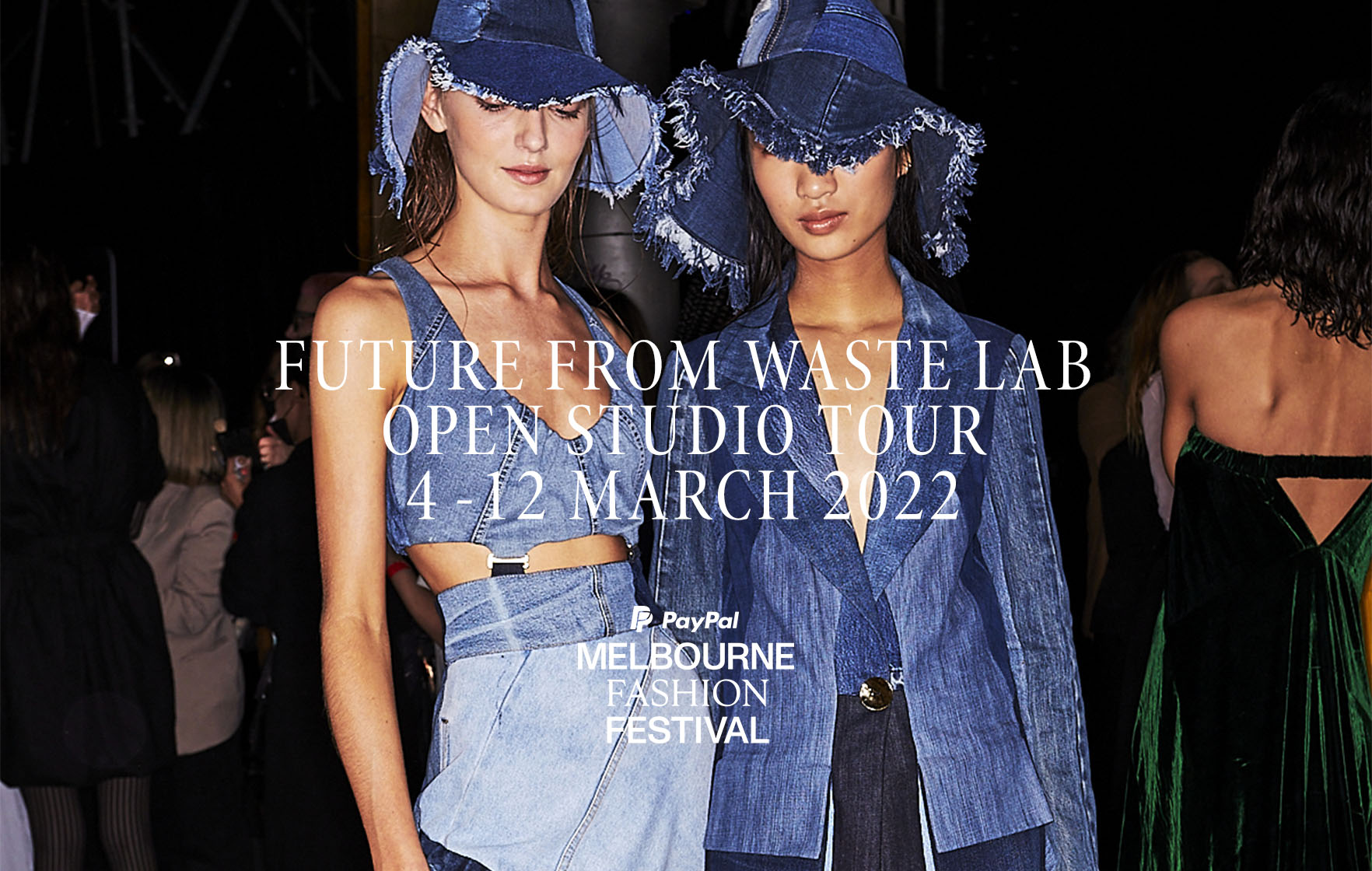
MFF Open Studio Tour
Future From Waste Lab was part of Paypal Melbourne Fashion Festival and offered Open Studio tours to visitors to experience this experimental, sustainable fashion workroom first hand.

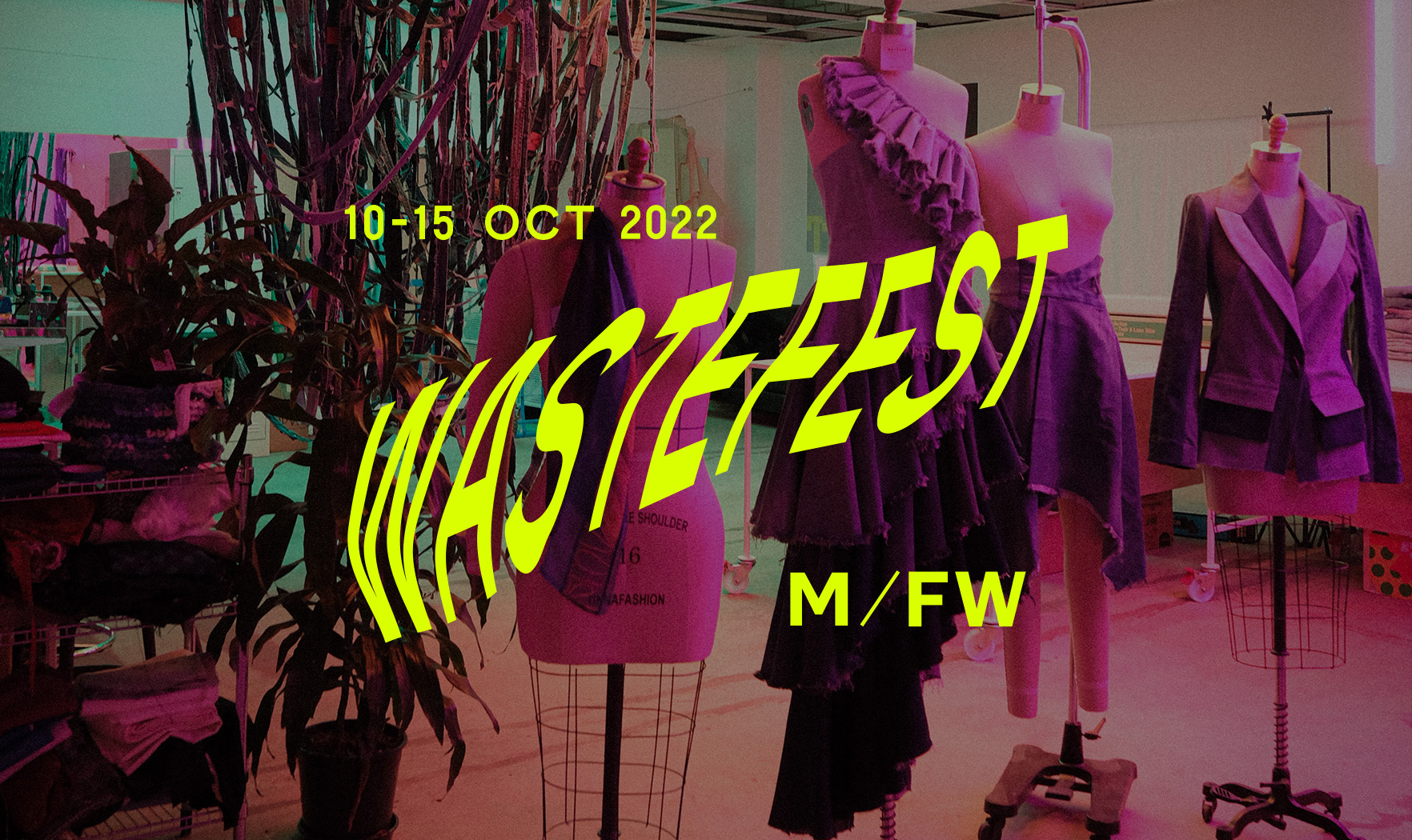

M/FW WasteFest 2022
The Future From Waste Lab was honoured to be part of Melbourne Fashion Week 2022, and opened its doors to four emerging designers for a highly creative event titled WASTEFEST.
Learn More- Fashion Waste
- Wash
- Dry
- Cut
- Make
- Shoot
- Sell
- Dispatch
Fashion Waste
Wash
Dry
Cut
Make
Shoot
Sell
Dispatch
FASHION WASTE LIFECYCLE
Reframing the way we think about clothes we no longer love or need is crucial in circuit breaking the way the industry currently operates. The Future From Waste Lab offers an innovative solution to closing the loop, creating a dynamic platform in which sustainable fashion brands can experiment with new forms of physical space, programming and business models. Instead of a shop selling off-the-shelf pieces, the Future From Waste Lab repurposes existing apparel on-site, extending the life cycle of used garments and creatively reinterpreting waste.
How it works
The retail environments of the future might aim to cultivate a deeper understanding of the true value of clothing and bring pre-owned, repurposed and re-sold clothing into the mainstream luxury fashion vernaculars.
The Future From Waste Lab, a concept created by sustainable fashion pioneer, Kit Willow, tests this idea as four of Australia’s leading designers, also curated by Kit Willow, transform used clothes on-site. The pieces are washed, unpicked, recut, redesigned, modelled, photographed, uploaded to e-commerce, sold, packaged and shipped – all from within Hanover House.
Transforming the way clothes are made, sold, and used, The Future From Waste Lab lays down a blueprint for the disruptive approach to retail that will be realised in the STH BNK project. We are determined to sow the seeds for a seismic shift in thinking, diverging from the traditional linear narrative of ‘buy, wear, dispose of’ into a fashion future that is sustainable, circular, and transparent.
OUR FUTURE FROM WASTE LAB IN 3D
Design Partners
